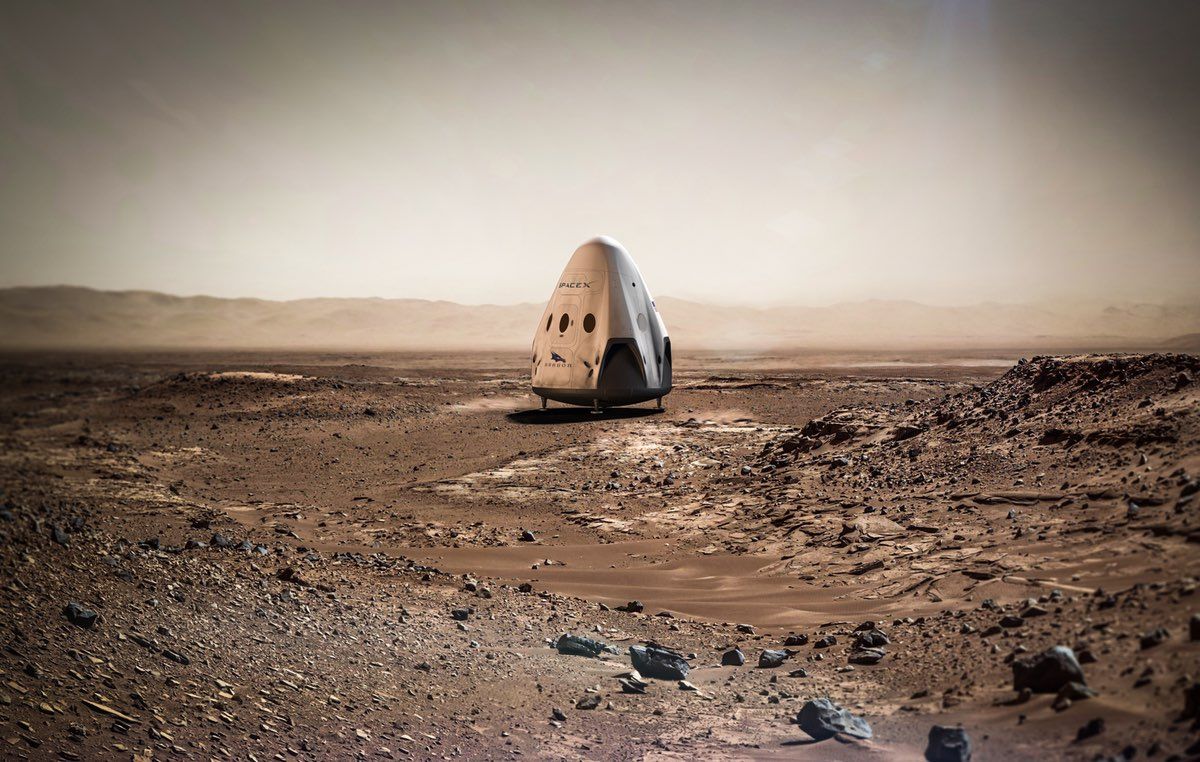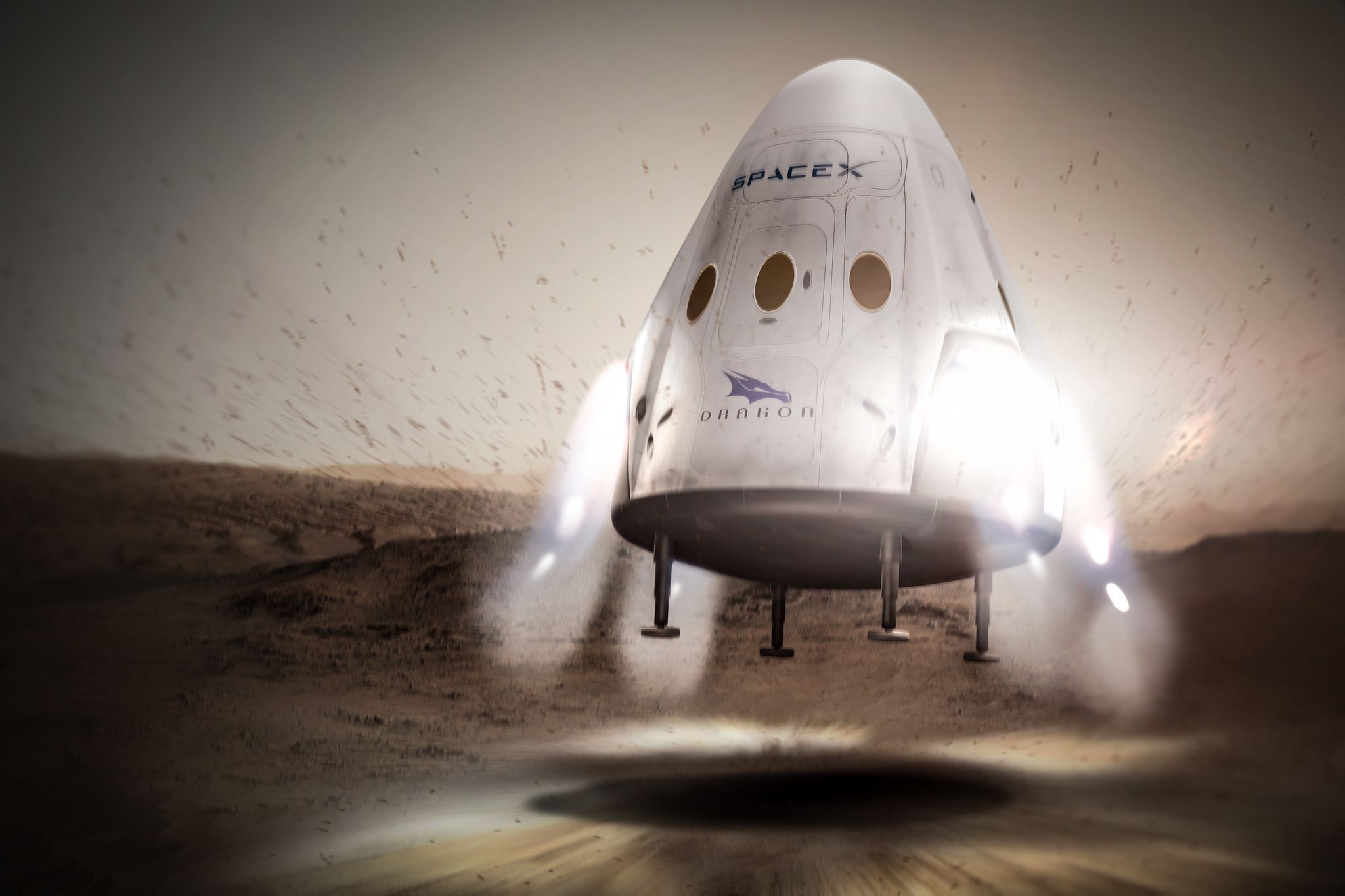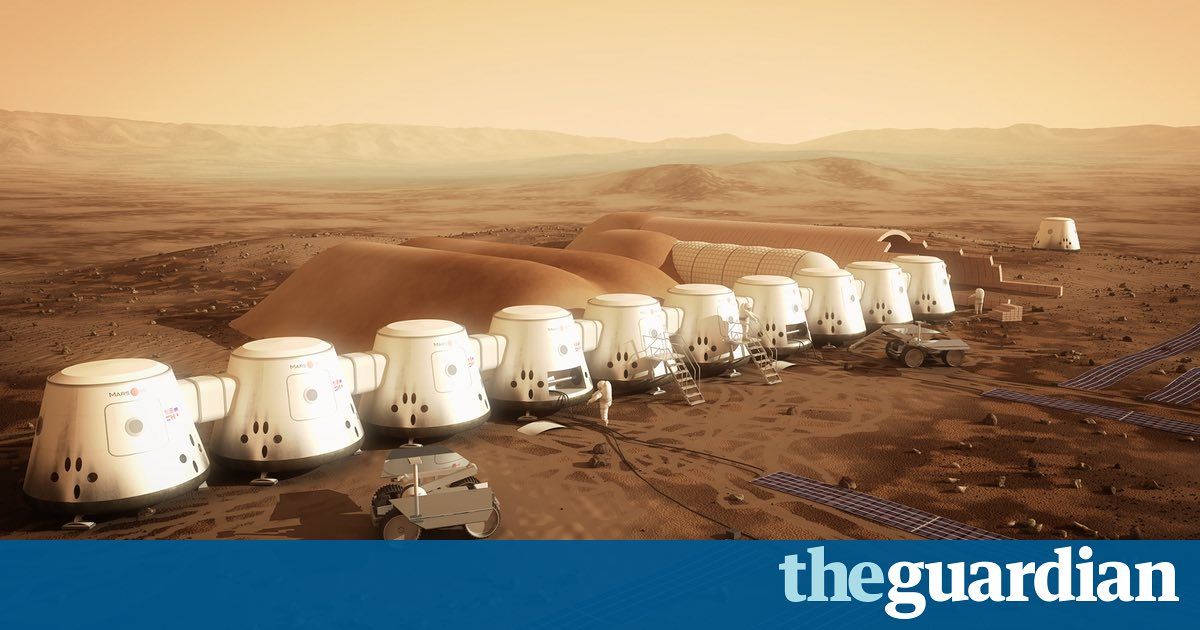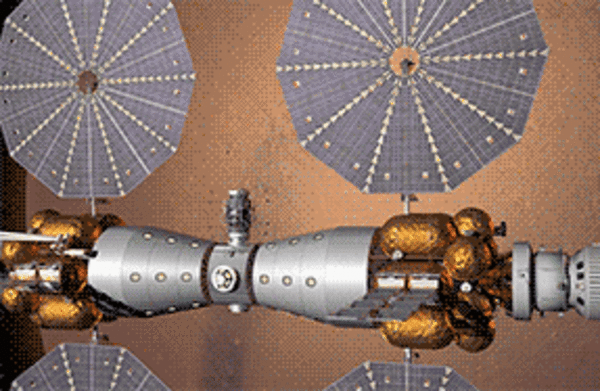WASHINGTON — NASA estimates that SpaceX is spending on the order of $300 million on its Red Dragon Mars lander mission, a down payment on the company’s long-term ambitions for human Mars missions.
At a meeting of the NASA Advisory Council’s technology committee in Cleveland July 26, Jim Reuter, deputy associate administrator for programs in NASA’s space technology mission directorate, provided an overview of NASA’s agreement with SpaceX, announced in April, to support that company’s plans for an uncrewed Mars landing mission that could launch as soon as May 2018.
That agreement, in the form of an unfunded Space Act Agreement, does not include any exchange of funds between NASA and SpaceX. Reuter said NASA estimates it will spend approximately $32 million over four years, primarily in the form of NASA personnel providing technical support for SpaceX. About $6 million of that will be spent this fiscal year, he added.






